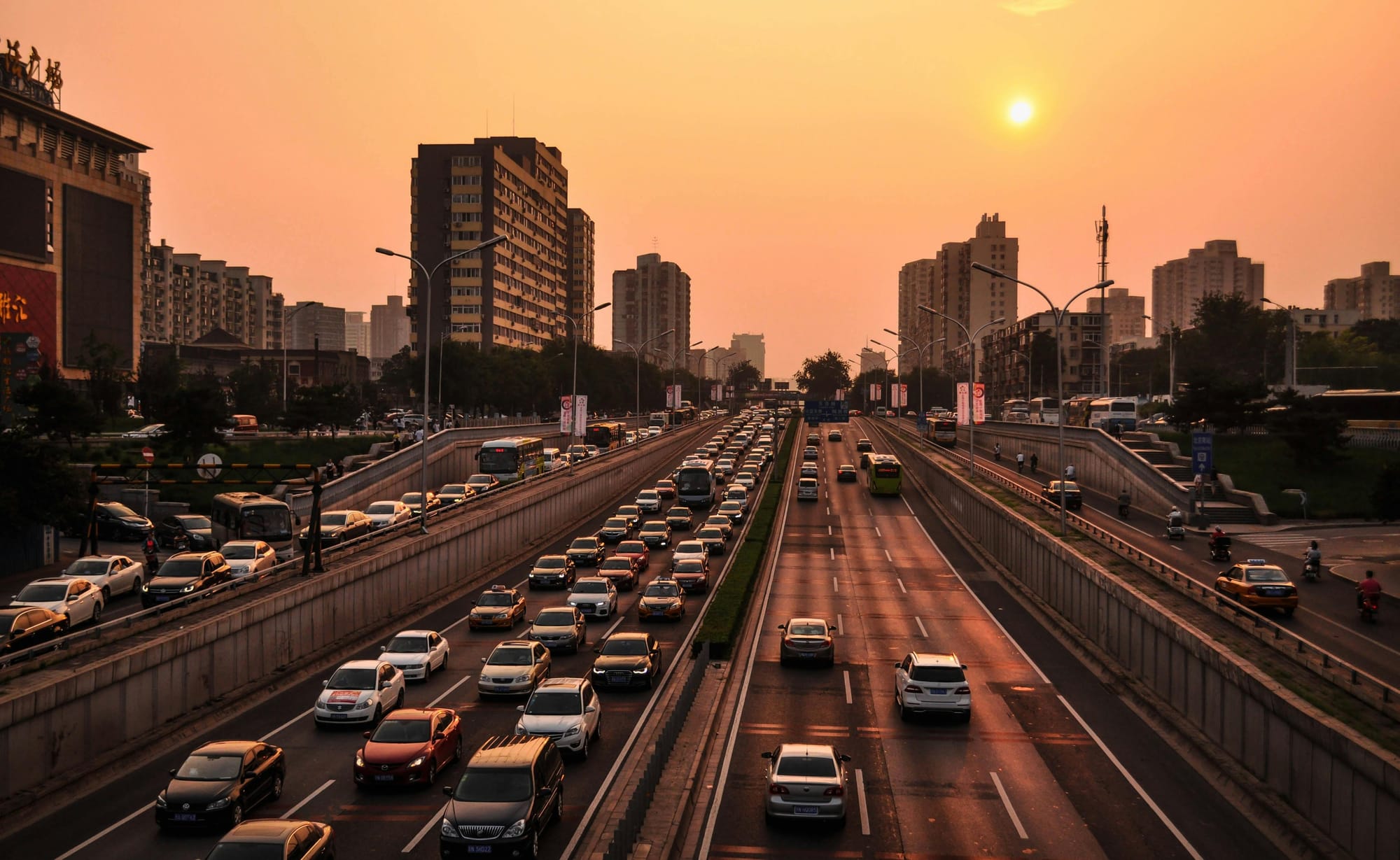For new drivers, including students who've just received their driver's license or first-time car owners, the excitement of hitting the road often comes with a mandatory side of financial responsibility - high-risk auto insurance.
Sounds intimidating, right? Fortunately, it's quite straightforward. High-risk auto insurance is simply a safety net for inexperienced drivers posing a greater risk on the road.
In this post, we'll drive you through the essentials of high-risk car insurance and the key features of these policies. We'll also help you find coverage plans from different high-risk auto insurance companies and balance protection with affordability.
Find Cheap Auto InsuranceWhat Is High-Risk Auto Insurance?
Insurers design High-risk insurance policies specifically for drivers prone to accidents. High-risk drivers are generally individuals with limited driving experience or those with a history of accidents or traffic violations.
For new drivers, the term "high risk" doesn't imply incompetence or reckless driving behavior. Instead, it only shows that they lack driving history, making it challenging for auto insurance companies to assess their risk accurately.
Why Are New Drivers Considered High Risk?
Below are the key reasons most car insurance companies consider new drivers high-risk:
Limited Driving Experience
New drivers generally don't have the experience to navigate difficult driving situations confidently. Hence, their inexperience can result in unexpected reactions and misjudgments, both factors that increase accident risk.
Age
Statistically, most new drivers are under 25. Hence, auto insurance companies refer to them as youthful operators. The key difference separating them from their older counterparts is the frequency of accidents. The majority of accidents usually involve drivers between 17-25 or seniors with reduced cognitive abilities.
Driving Behavior
Many new drivers develop poor driving habits, such as speeding, texting and driving, and other forms of reckless behavior. Hence, they're more prone to traffic violations and accidents, especially due to inexperience in distance judgment, rapid response, or traffic conditions assessment.
The Main Features of High-Risk Auto Insurance Policies
Here's how high-risk car insurance policies differ from standard policies:
Higher Premiums
The biggest difference between conventional and high-risk policies is the premium. High-risk drivers pay a higher monthly amount for coverage to auto insurance companies due to higher chances of accidents and claims. However, the increase in premiums varies according to factors like location, age, and driving record.
State Requirements
Some states mandate insurers to charge high-risk drivers higher premiums for coverage to reduce violations and offenses. Increasing the minimum required coverage can prompt vehicle operators to drive safely to reduce their premiums in the future.
Specialized Providers
Not all auto insurance providers cater to high-risk drivers. Therefore, new drivers would have to look for specialized providers in their area or location to meet their coverage needs. Moreover, these providers could limit the options by removing certain extras or add-ons, forcing drivers to stick with basic liability coverage.
Higher Deductibles
High-risk auto insurance policies usually come with higher deductibles, prompting new drivers to pay out of pocket for damages caused by accidents before their coverage kicks in. Hence, policyholders are faced with immediate financial responsibility when filing claims.
How to Navigate High-Risk Auto Insurance
High-risk auto insurance doesn't have to be a daunting prospect for new or inexperienced drivers. You can use the tips below to better navigate the search process or transition to standard or near-standard rates:
Improve Your Driving Record
As you increase your driving skills and experience, you drastically increase your chances of reducing your premiums in the future. Showcasing responsible and safe driving habits through a clean driving record with no accidents or traffic violations is the best way to fast-track your transition to standard coverage rates.
Shop Around
Coverage rates vary from company to company. So, shop around to explore different options and obtain quotes to assess terms, conditions, and monthly payments. We recommend using BindRight's cutting-edge search platform to accelerate your search and compare different providers in your zip code simultaneously.
Consider Telematics
Many modern insurance companies offer telematics programs that monitor driving behavior. You can participate in these programs to provide evidence showcasing safe driving habits. High-risk auto insurance companies can track your performance and offer better rates once you've met their requirements.
Ensure Continuous Coverage
Although High-risk coverage policies entail paying a higher premium, ensure continuous coverage without lapses to avoid higher rates in the future. Most new drivers fail to realize that a continuous coverage history is a key performance metric insurers use to revise rates.
Increase Deductibles
Many high-risk auto insurance companies allow drivers to reduce their premiums by opting for higher deductibles. However, this is a double-edged sword. On one end, you can lower your monthly expenses. On the other end, you pay a higher amount out of pocket to cover damages following an accident. So, carefully assess your driving skills and experience before deciding.
Bundle Policies
One of the best ways to reduce your premium is to bundle car insurance with health, home, and other policies. Many auto insurance companies offer discounts on bundled policies, leading to significant savings, especially for new drivers between the ages of 17 and 25.
Final Word
Being a new driver comes with its set of challenges and responsibilities, and securing high-risk auto insurance is one of them. Remember, While the cost may be higher initially due to higher premiums, it's a mandatory investment to protect your asset and improve road safety. As you improve your driving skills and experience over time, you can secure much better rates.
However, before choosing a policy, take your time to look for the best providers in your area. Use our powerful tool and fill in your basic details like location and car make and model to compare the best high-risk auto insurance policies near you.
Find Cheap Auto Insurance






